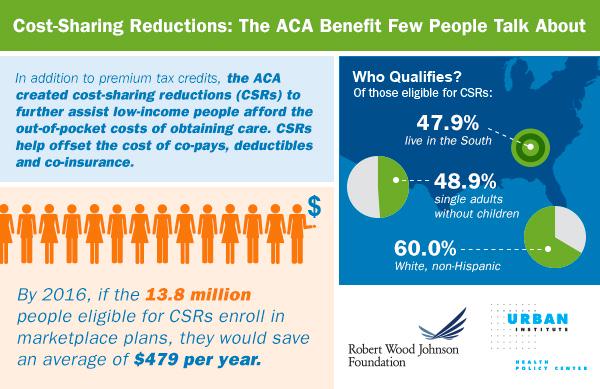If you look up arthroscopic knee surgery on the new
Blue Cross cost estimator, you'll see that several Charlotte surgeons were reimbursed about $4,000 for doing the procedure at
Charlotte Surgery Center and about $10,000 for doing it in area hospitals.
But what you take from that depends on your perspective.
 |
| Murrey |
Dr. Dan Murrey, CEO of
OrthoCarolina, says it's an accurate representation of the savings many patients can find by avoiding a hospital for routine surgery. Now that so many patients are picking up thousands of dollars out of pocket, he hopes they'll start asking questions to ensure they don't pay extra.
But he's appalled at the idea that patients will think their doctors tacked on an extra $5,000 or $6,000 at the hospitals. Even though the Blue Cross listings are attached to surgeon's names, the average reimbursement represents all costs of a procedure, such as medications, anesthesia and hospital fees. All things being equal, he said, the surgeon makes the same amount at either setting -- and it's lower than the $4,000 being reimbursed at the ambulatory surgical center.
Executives at Carolinas HealthCare System and Novant Health agree it's good for patients to know that a hospital may be more costly for a routine procedure. But if you're coming in with risk factors, such as heart trouble or a history of problems with anesthesia, that routine procedure could quickly turn scary. In those cases the hospital's resources are essential. They say hospitals and doctors that are averaging bigger reimbursements from Blue Cross may just be those that are taking on a bigger load of high-risk patients whose procedures are more complicated.
Leslie Goldfarb, who has been looking into arthroscopic knee surgery, says the average reimbursements listed in that public database provide better information than Blue Cross customers like her can get from the customer-only cost tool. That's not a compliment to her insurance company. She wonders why Blue Cross doesn't provide a better service to its customers, instead of focusing on national
attention-getting moves like the public release.
"The cost estimator on their member website is vague, incomplete and very, very slow!" she emailed. "The tool that you have published is fast as lightning, lists many more providers and is much easier to use."
Blue Cross NC public relations manager Michelle Douglas says the personalized estimates generated by the member search are more complex than the averages listed on the public tool, and thus take longer even under ideal circumstances. "It is true that the customer tool is not running as quickly as we like right now, and we are working with our external vendor to understand why," Douglas said Tuesday. But she said that tool still provides more and better information for a personal decision than the public list.
Shortly after Blue Cross and Blue Shield of North Carolina released its public database, Blue Cross put out
a national report on costs for hip and knee replacement, highlighting the wide variation in cities such as Charlotte.
"In order to address healthcare costs and access, it is important that consumers, employers and industry leaders have information on these price variations and are provided the tools to become well informed healthcare shoppers," that report says. It says this is the first report in a series "that will utilize a market-leading medical claims database to uncover key trends and provide insight into healthcare dynamics."






